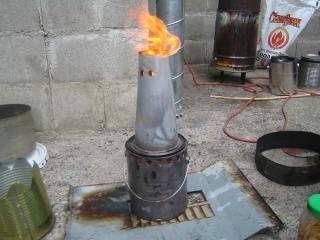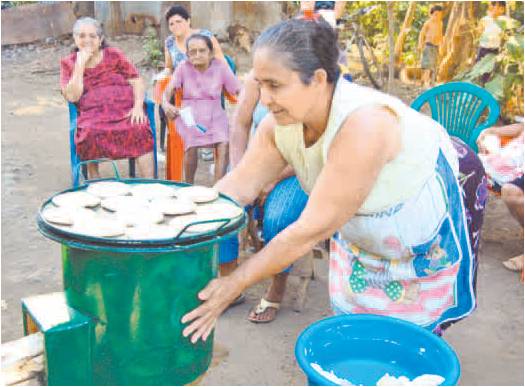Paul Anderson, Centre for Research in Energy and Energy Conservation (CREEC)
The Centre for Research in Energy and Energy Conservation (CREEC) is a not-for-profit organization which works “to enhance access to modern types of energy through research, training and consultancy”.
The CREEC offers independent stove testing services, and has recently tested the Quad 2 Stove.
For the full test report and method see the pdf:
http://www.stoves.bioenergylists.org/files/quad_2_stove.pdf
The center tested the Quad 2 Stove and found that:
The Quad stove boils 5L of water in 27 minutes. To boil and simmer 5L of water, it uses 636g of dry wood and has an energy use of 11713kJ. It has a thermal efficiency of 42% during the high power phase and 41% during simmering. It has a turndown ratio of 1.4, an indication that the stove’s firepower can be controlled for different cooking regimes. Its fuel use is considered to achieve significant, measurabe health and environmental goals according to the Lima Consensus Tiers of stove ranking.
With regards to safety, the stove scored 77.5% and is rated GOOD and is considered a Substantial Improvement according to the Lima Consensus Tiers of stove ranking.



